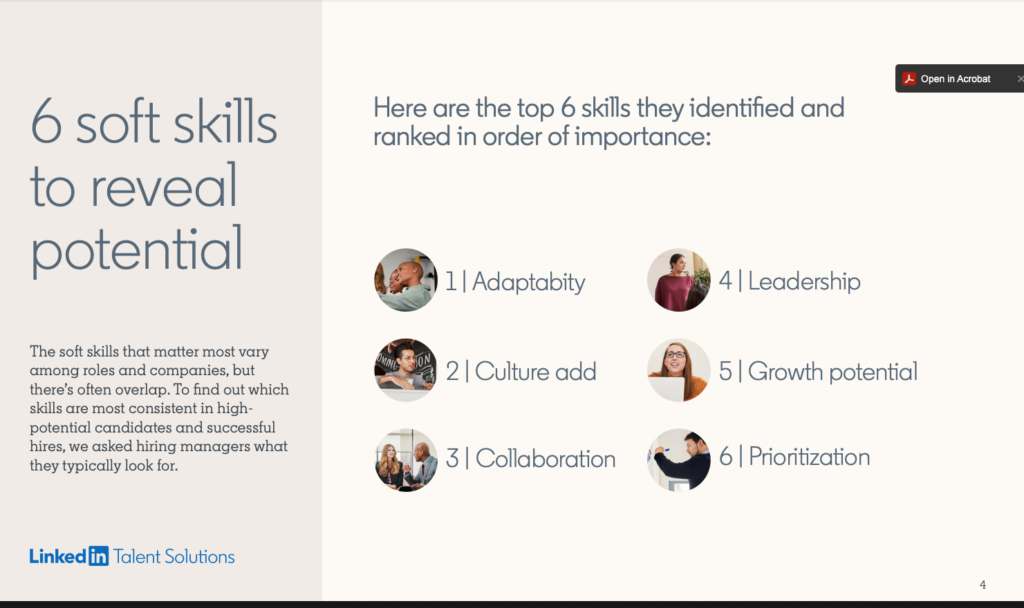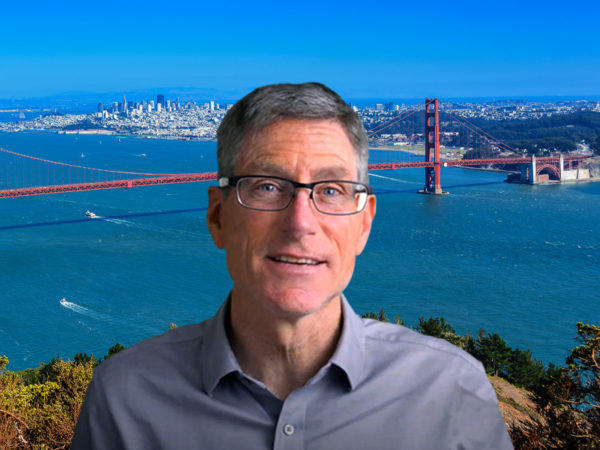How a Personal Branding Video Helps Job Candidates Succeed.

A Personal Branding Video Can Help Job Candidates Succeed
Most of us are not movie stars, make a living in front of the camera, and actually dread being seen or heard in front of a crowd or camera. However, in the career search context, in today’s world, we have to learn how to ‘be’ on Zoom, present ourselves in a video interview or potentially develop content in a video post.
Video is not a choice, it’s a requirement for current careers and career advancement. When used well, a recorded on-camera video can be used by a candidate as a substitute for an initial meeting to help establish rapport and create a great first impression. It can also substitute for a video interview where key defining qualities of a candidate can be addressed. According to a recent LinkedIn communication, almost 80% (76%) of hiring managers believe seeing a pre-recorded video of a job seeker would be useful. Why? Not only because video is ubiquitous, but because as humans we are decision-makers, we make judgments and assessments every day as to qualities other people possess. (Negative bias will be a topic for another article: Personal Branding Videos and Bias.) Employers also want to see the authentic person on video rather than a highly produced animated type of video which functions more as an impersonal marketing ad. From a candidate’s perspective, there are values about themselves that can be more easily conveyed via video versus text in a profile or resume. And, what a candidate says can often be more impactful than what a candidate writes. NY Times
“But I do pretty good one-on-one, in an interview, why do I need to record a personal branding video?” – Proactive Career Marketing! A job seeker would love to meet one-on-one with every hiring manager, from every company in their search. This just isn’t feasible. And some reports say that there is about a 5% chance of anyone job applicant even making it to the interview stage. A video is a career-building asset that works for a candidate 24/7 on a variety of platforms and methods including LinkedIn, Handshake, email, and your own branding site. A candidate can use it as part of their proactive marketing strategy to be seen before the interview, and well before the other candidates.
“But what qualities are important to talk about?” There is a reason most people are not hired on their resume alone. HR and employers want to assess the candidate “face to face” – meaning they want to hear and see the candidate. According to LinkedIn’s recent document re: 30 Insightful Behavioral Interview Questions, the top 6 core soft skills that employers are assessing are: adaptability, culture add, collaboration, leadership, growth potential, and prioritization. Add to that, communication skills, grit, and energy and one realizes that these qualities are difficult to quantize and list as bullet points on a resume. They can, however, be addressed directly by the candidate, before an interview and be used to a candidate’s advantage.

Video Resume vs a Personal Branding Video
These skills are not resume information. These qualities may be inferred from a resume by an HR professional, but many experienced career and resume coaches suggest having on a resume a candidate’s most important job related information, responsibilities and quantifiable results. That leaves little room for STAR stories or other human relatable information and doesn’t add any quantifiable value in an AI/ML candidate ranking system.
“But I hate that TikTok video resume thing.” – Yes, so do we. Is there a place for the TikTok video resume for certain companies for certain positions? Sure. Would we recommend it for the mid-career professional or submitting one for a $100k+ job? Probably not. Why? Not because of the medium of video, but because of the message and audience. Having the right message and delivering that message in a way that resonates with your audience is key. Being on video can work for a variety of purposes, but resume information can be best delivered on a resume and best be left off of a branding or intro video. We have great sympathy for the HR professional who needs to review 1000 TikTok resumes for a retail position.
“So what is the difference between a ‘video resume’ and a personal branding video?” We have written an extensive article about the differences between a ‘video resume’ and a branding video, but here is a summary. A professional branding video’s purpose is multi-fold.
- To create a great first impression of a candidate. A memorable first impression imparts warmth and competence. (BusinessInsider article)
- We feel that a branding video should speak to how a candidate’s unique skills and background can help an employer solve some of their problems. More than “tell me about yourself”, rather, “this is what I as a candidate, bring to the table to help you.”
- A branding video should be brief, a haiku rather than a novel. Our studies indicate that at approximately 40 seconds, viewers “get it”, they “get” the person and feel they can make a good assessment as to how the candidate would fit into the role and add to the company culture.
“Why do I need one?” Employers are assessing a job candidate on more than just resume data. According to Andrew Hunter, co-founder of talent placement firm Adzuna, “A mature attitude and showing professionalism and self-discipline are also key (to landing a position), particularly when many companies are still operating semi-remotely, meaning the onboarding and training process may still be virtual,” CNBC A branding video, seen before an interview, can be key to showing this.
Put simply, a candidate may look good on paper, but so do the 100 other candidates being reviewed. We believe a candidate is more than a resume – more than the sum total of their coursework and experience. We also believe that communicating the unique combination of a candidate’s core soft skills is critical to having that candidate stand out above the others. Having a candidate convey their business value before the interview, during the recruitment and discovery phase, and before other candidates are seen and heard, is a key to moving to the top of the list.
For additional information about personal branding and IntroVideo, check out IntroVideo.biz. And to see other articles written about Personal Branding for Job Candidates, Tips on LinkedIn Profiles and Resumes, check out our Resources page
